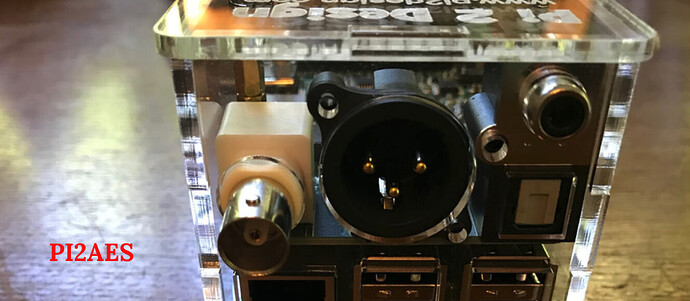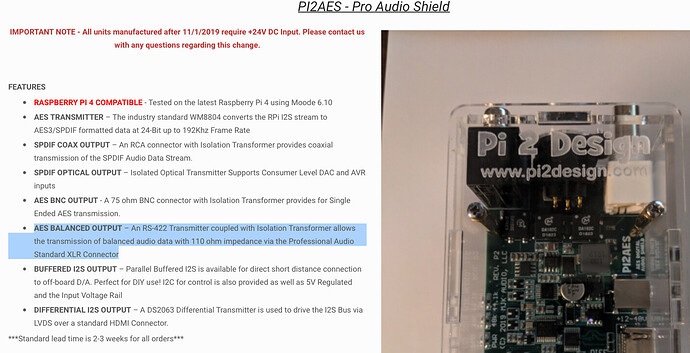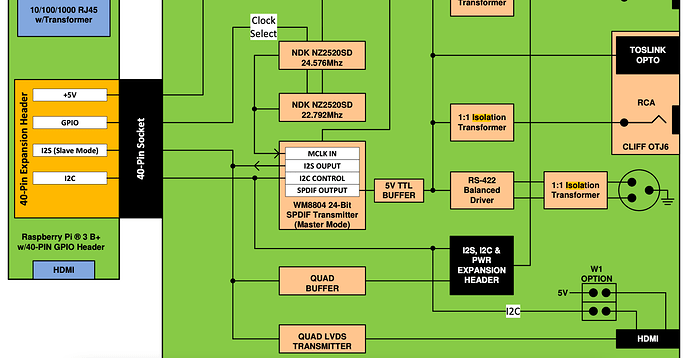Ok this part makes it easy then.
If you buy a miniDSP USBStreamer and any Spotify Connect device with TOSlink output, then you can play Spotify/Deezer/Apple Music through HQPlayer.
https://www.minidsp.com/products/usb-audio-interface/usbstreamer-box
This is used for Toslink INPUT and USB OUTPUT - connecting to any USB port (type A) of your HQPe server.
A Spotify Connect TOSlink source could be a cheap Chromecast Audio device or a Bluesound Node 2i or a Sonos Connect. There’s heaps out there at different prices.
I use an Airport Express (Airplay 2 - not technically Spotify Connect but doesn’t matter). So it goes (as an example):
Airplay 2 (Spotify/Apple Music/Deezer/whatever) to Airport Express → TOSlink → miniDSP USBStreamer → USB → HQPe server
The miniDSP TOSlink input doesn’t know or care what type of streamer it’s connected to, so any TOSlink source works the same.
On your HQP browser page you see the page called ‘Input’.
You select USBStreamer as input. And that’s it, done 
None of the above devices add any acoustic noise to the room, they’re all fanless.
You could actually move the Roon Core and HQPe server to your other PC room and put all those together. And for the listening room only have a low powered HQPlayer NAA (endpoint) inside the listening room.
As long as both rooms have ethernet cable between them. This is what I do for HQP endpoints around the house. This sends any TOSlink source across the house over ethernet cable.
I mentioned in first post, this method doesn’t support automatic sample rate switching. But as I mentioned in first post, Deezer/Spotify/Apple Music/Soundcloud all use same sample rate anyway (PCM 16 bit / 44.1 kHz)
 I think I’ve stumbled across what might be your way of doing that but didn’t dig through it yet. If you could elaborate on your setup a bit, that would be awesome. I don’t mind the Deezer app on either Windows or Android - it’s fine. Same for Qobuz. That said, I’m highly interested in replicating your setup
I think I’ve stumbled across what might be your way of doing that but didn’t dig through it yet. If you could elaborate on your setup a bit, that would be awesome. I don’t mind the Deezer app on either Windows or Android - it’s fine. Same for Qobuz. That said, I’m highly interested in replicating your setup 




